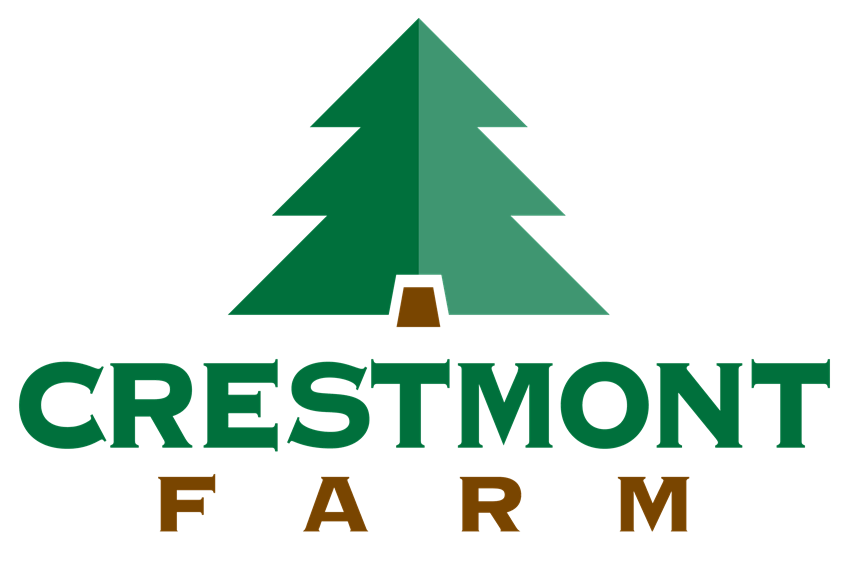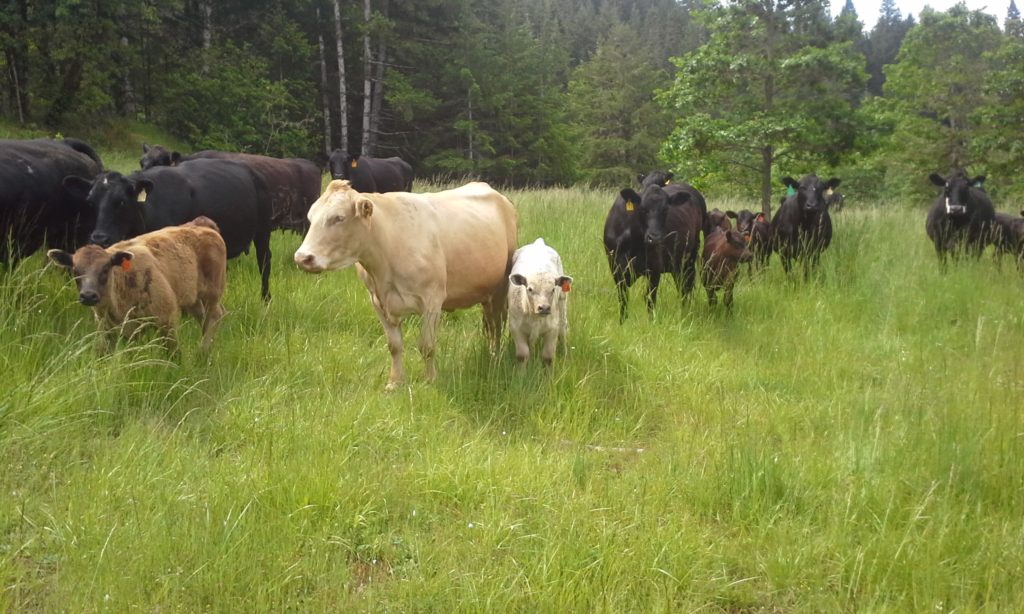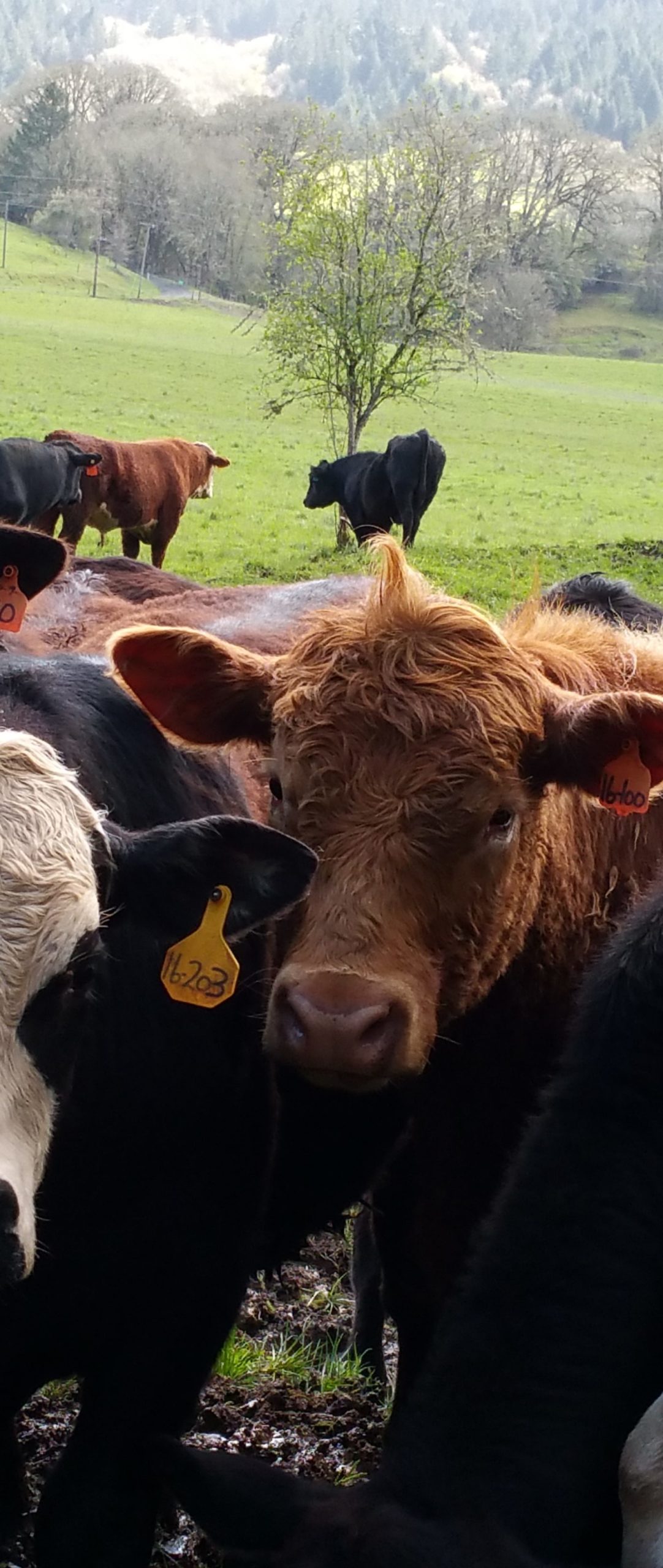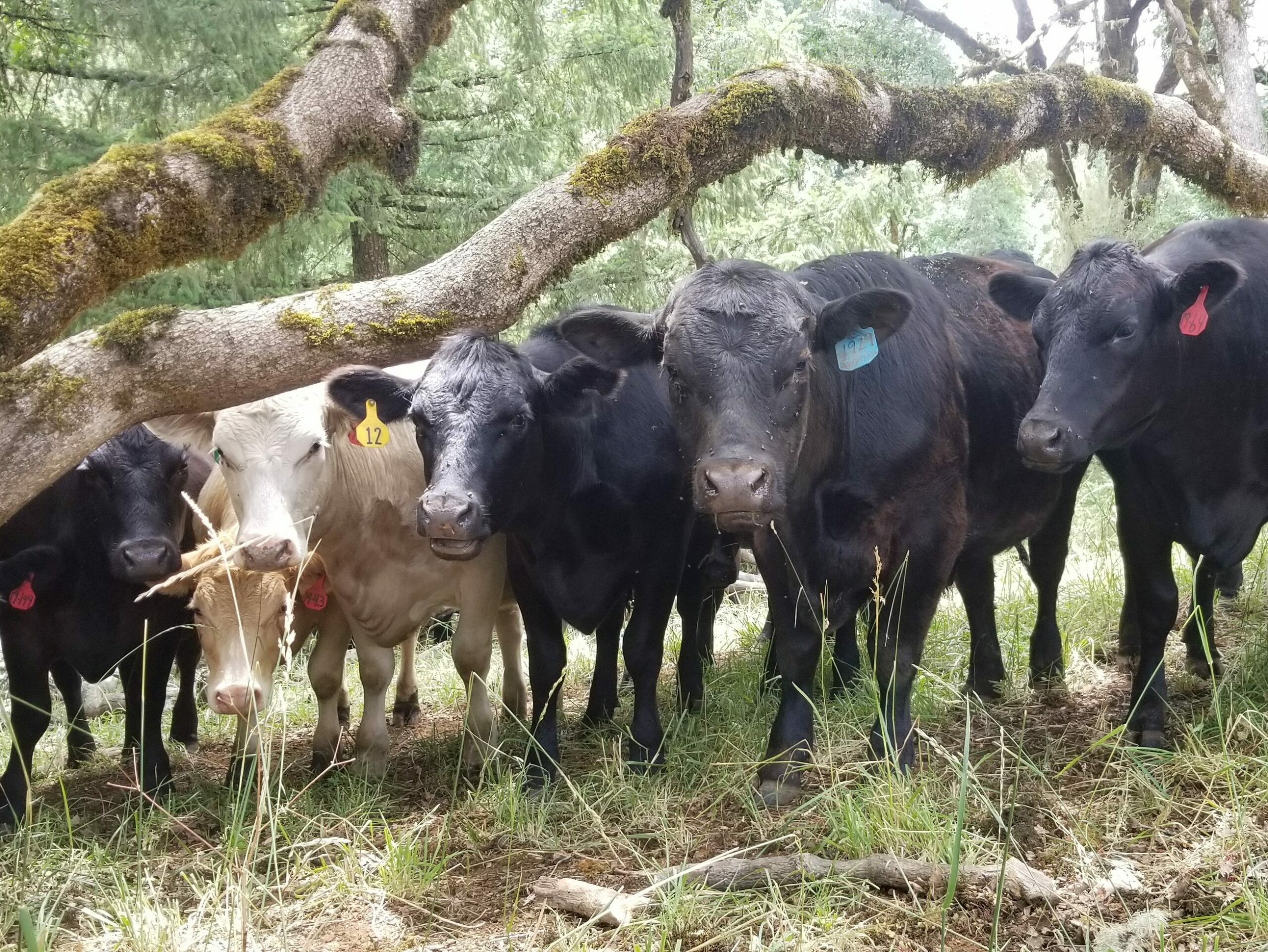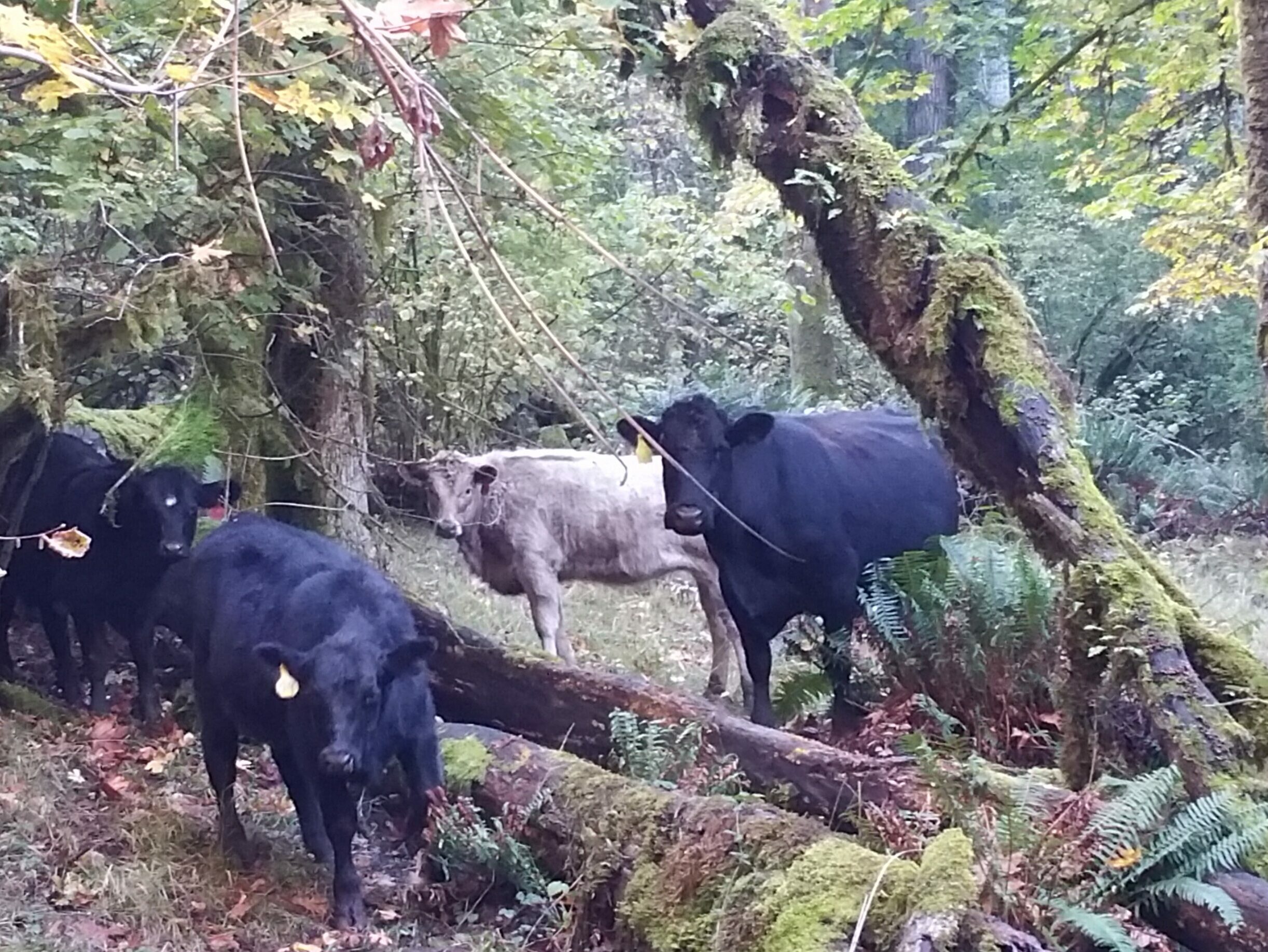Crestmont Ranch includes the primary location of the former Anderson dairy. Although the dairy ceased operations in the 1970s, the property continued to host some cattle grazing for several decades thereafter. In collaboration with a highly experienced cattle partner, Crestmont initiated its cattle production and grazing in 2011.
The primary agricultural principle behind cattle grazing is grass production. The growth and quality of the grass is the main contributing factor to the growth, quality, and happiness of the cattle. Proper stewardship and responsible practices in the pastures and silvopasture areas have more than doubled the grazing capacity since inception.
In addition to production, Crestmont recognizes that the health of the pastureland ecosystems is important for creating a sustainable operation. Special considerations are given to native plants as biodiversity elements in the pastures that are seeded with high-quality forage grasses. However, some native plants are harmful to cattle and are removed at grazed locations.
Crestmont uses two techniques of cattle management and production: intense rotational grazing and silvopasture.
Rotational Grazing
Most of the year, the cattle reside within the Crestmont Ranch area. Its pastures have designated fields that are further subdivided into smaller fenced grazing areas to facilitate a system of intense rotational grazing. Sets of cattle are moved to a new area every 1-7 days. They graze an area until the grasses are around 50% consumed, before moving to the next location. This allows the field to ‘rest’ and regrow while the cattle are grazing the other areas in the rotation.
There are many benefits from intense rotational grazing. Overgrazing, plant loss, and erosion are minimized, manure is spread more evenly across pastures, grass growth is more vigorous, and brush and weeds are kept in check. All of these benefits work together to enable a greater number of animals to utilize less area while also enhancing the land.
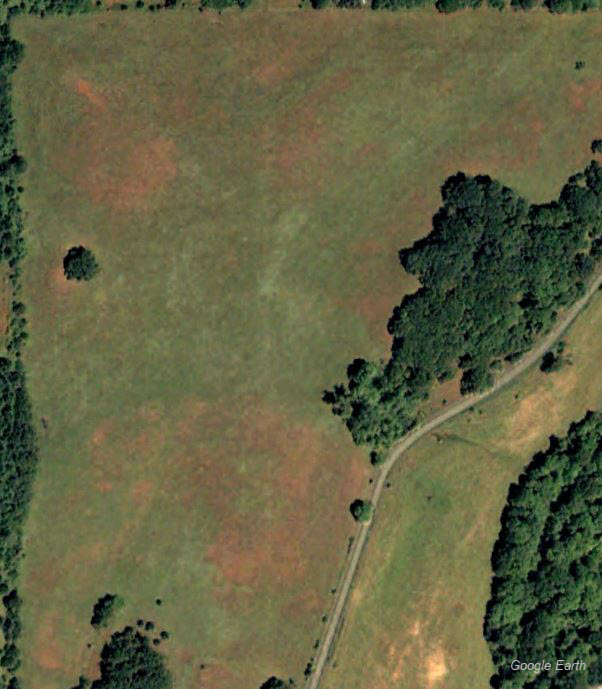
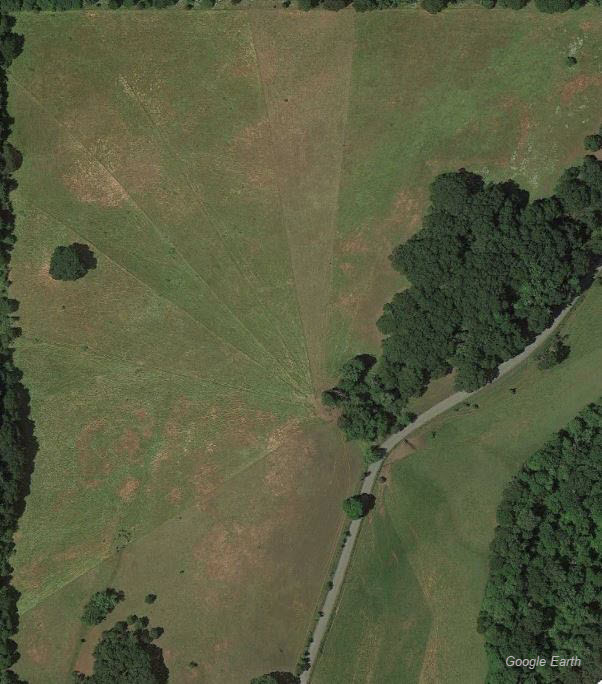
pastures converging at a central water location
Silvopasture
Silvopasture is an agroforestry farming system that combines livestock grazing and tree production. Crestmont has a number of wooded areas residing between grazing pastures and dense forests. Some of these locations are not ideal for either tree growth or pastureland, because of poor or shallow soils, exposure to sun, and many other factors.
By thinning excess trees and vegetation in these agroforestry areas, the remaining trees receive sufficient resources to thrive. It also creates a more open canopy mosaic that allows sunlight onto the ground. The forage grasses grown in these areas grow slower than in open meadows, but, most importantly, the grasses remain green later into the summer months when the grasses in open pastures turn brown due to the lack of rain. Silvopasture conditions extend the period that cattle can graze and, thereby, do not need to be fed. Silvopasture areas also provide some shade for cattle in hot summer months.
Silvopasture grazing provides numerous benefits. The land is productive in both the short-term (grass production for the cattle) and long-term (tree production). The cattle also help to control invasive plants that would otherwise expand across the more open understory of the woodlands.
Furthermore, the cattle recycle the understory vegetation by ‘composting’ nutrients and ‘fertilizing’ the soil. The trees benefit from having more resources and this increased vigor creates more merchantable timber and decreases the chance of tree mortality from pests, diseases, and wildfire.
